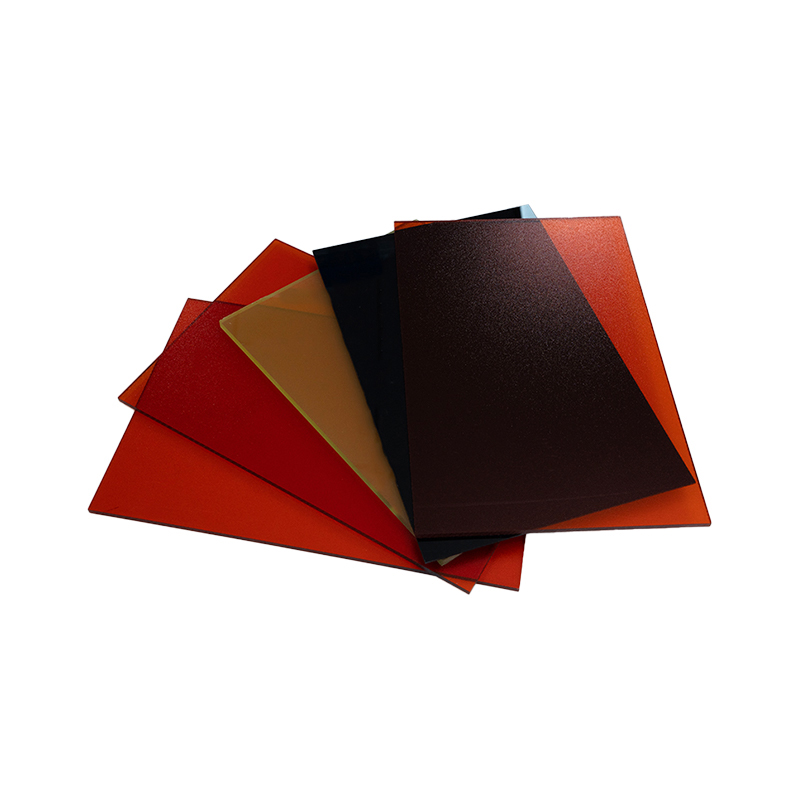Provide you with the latest enterprise and industry news.
In the ever-evolving world of architectural innovation, certain materials stand out not for their flamboyance, but for their silent reliability. Solid polycarbonate sheets belong to this elite category. Often overshadowed by flashier options, these sheets offer a unique blend of strength, transparency, and adaptability—qualities that make them indispensable across a wide spectrum of industries.
Unyielding Strength Meets Elegant Clarity
What sets solid polycarbonate apart is its formidable impact resistance. Virtually unbreakable, these sheets are 200 times stronger than glass and far more durable than acrylic. This robustness doesn't come at the expense of aesthetics. In fact, one of polycarbonate’s most celebrated traits is its ability to deliver glass-like clarity while maintaining exceptional toughness. It's the rare material that can take a hit and still let the light in—literally.
Versatility Engineered for Modern Demands
Solid polycarbonate sheets aren’t just strong—they’re adaptable. Whether used in architectural glazing, protective barriers, or safety shields, these sheets conform to various structural and safety requirements with ease. Their ability to be cold bent, thermoformed, or fabricated without cracking makes them an architect’s dream. They are ideal for skylights, canopies, partitions, and even riot shields, where both strength and visibility are paramount.
Moreover, these sheets are available in a variety of thicknesses, finishes, and tints, allowing for a high degree of customization. Need UV protection? There’s a coating for that. Looking to reduce solar heat gain while maintaining daylight transmission? There's a formulation for that too. Polycarbonate’s capacity to adapt makes it the Swiss Army knife of building materials.
Weather the Elements—Gracefully
Unlike materials that degrade under the wrath of nature, solid polycarbonate sheets are engineered to endure. Rain, snow, high winds, or relentless UV rays—they withstand it all without warping, yellowing, or losing their structural integrity. A UV-resistant layer co-extruded on one or both sides acts as an invisible shield, prolonging the sheet’s lifespan even under prolonged exposure to sunlight.
This makes them not just ideal for outdoor applications but also for climates where weather unpredictability is the norm. From scorching deserts to frost-laden highlands, solid polycarbonate thrives where others falter.

Safety Without Compromise
In a world increasingly attuned to risk mitigation, the importance of materials that offer both transparency and security cannot be overstated. Solid polycarbonate sheets are virtually shatterproof. This property alone makes them the material of choice for environments that demand high safety standards—schools, hospitals, transport hubs, and correctional facilities, to name a few.
Unlike traditional glass, which can fragment dangerously upon impact, polycarbonate sheets remain intact, reducing the risk of injury. Fire-retardant options further expand their utility, ensuring compliance with stringent safety codes and regulations.
Sustainability and Long-Term Value
Today’s construction choices must also pass the sustainability test. Solid polycarbonate sheets do. Their extended lifespan reduces the need for frequent replacements, cutting down on material waste. Furthermore, many are recyclable, contributing to a more circular material economy. Combined with their energy-saving light transmission properties, they offer tangible value over time—not just in upfront performance, but in lifecycle economics.
The Future, Encased in Polycarbonate
In essence, solid polycarbonate sheets represent a confluence of durability, safety, and aesthetic versatility. They are the quiet workhorses of modern construction and design, offering a blend of performance attributes that few materials can match.
For builders seeking resilience, designers demanding beauty, and planners prioritizing sustainability, the choice is clear—solid polycarbonate is not just an option; it's an imperative.













